Whenever people encounter unique features in cats, it catches their attention. Curled ears, the lack of hair, or a different texture to the fur; everything’s special. People stop to look twice. So when your eye catches a glimpse of a cat with extra-rounded feet or mitten-shaped paws, you stop. Why do their feet look that way? It turns out they have a few extra toes! Polydactyl cats, as they’re known, bring a touch of whimsy to their owner’s lives. And their history is touched with that same magic – and a little luck!
Polydactyly
Polydactyly comes from Greek words meaning “many fingers.” You’ll also find the trait referred to as hyperdactyly, and it isn’t unique to cats. The addition of extra toes (or fingers) shows up in amphibians, cows, dogs, guinea pigs, horses, mice, reptiles, and sheep. Even humans get polydactyly!
In cats, ANY breed can develop those precious extra toes. It doesn’t matter whether they’re male or female, either. And coat color doesn’t predict whether those cute toes make an appearance. However, Maine Coons started with a higher-than-normal incidence of polydactyly. At one point in time, over FORTY PERCENT of the breed sported extra toes! Breeders worked to eliminate the trait, though. It turns out – cute as they are – extra toes don’t meet breed standards. Unless you happen to be a Pixie Bob. They’re the only cats bred as polydactyl cats. (Go figure)
The Genetics of Polydactyl Cats
Polydactyl cats come from a mutation in the dominant Sonic Hedgehog gene. (Seriously – that’s what scientists named it) The gene earned its name from the way fruit flies look when they carry a mutated version. A regulatory element within the gene – called ZRS – controls the expression of the Sonic Hedgehog gene. In polydactyl cats, a Hemingway Mutation arises in the ZRS, switching the regulation OFF.
So, as tiny kittens develop, the gene asks the ZRS to tell it when to stop making toes. And because of the Hemingway Mutation’s interference, the ZRS tells the gene to keep going. And voila! Extra toes grow!
Probably more science than you wanted to know. But, honestly, how often can you say your cat has a mutation in their Sonic Hedgehog gene? (It’s usually abbreviated Shh for human patients, but I think writing it out is more fun. Otherwise, it looks like you’re shushing someone)
Polydactyl Cats
Normally, cats have 18 toes: five on each of the front paws and four on each hindfoot. Polydactyl cats can have anywhere from four to SEVEN toes on each foot. The Guinness Book of Records credits Jake – a ginger tabby – with the most toes. He sported seven toes on each foot for a whopping total of 28! Of course, that’s extremely rare, and no one’s dethroned Jake since then. (Not on the record, anyway. Rumors circulate of a cat with 32 toes, but nothing’s documented)
Polydactyl cats come in three types:
- Preaxial: The extra toes are on the inner side of the paw, usually beside the dewclaw. They create a “mitten” appearance. These cats are known as “mitten cats” or “thumb cats” as a result. However, the extra toe doesn’t allow these polydactyl cats to oppose as a thumb can. Maine Coons tend to develop preaxial polydactyl.
- Mesoaxial: You don’t often see this kind of polydactyl. The toes pop up in the MIDDLE of the foot. It creates a wide-set paw, almost like a pancake.
- Postaxial: You’ll notice the extra toe on the outer side of the paw, where you expect the “pinky” to be. (Cats don’t officially have a pinky) People refer to these polydactyl cats as “snowshoe cats” due to their foot’s flattened appearance.
Extra toes can show up on the front OR back paws OR both. Finding them on all four, as in Jake’s case, is exceedingly rare. It’s possible, though.
Health Concerns for Polydactyl Cats
When people hear the words “genetic mutation,” they start wondering about health concerns. Though, for polydactyl cats, the ZRS control’s failure to switch off doesn’t present much harm. The extra toes often provide enhanced balance for their felines. (Don’t expect it, though. There are plenty of stories of clumsy polydactyls out there) And having an extra claw makes hunting easier. Most of the health risks associated with polydactyl cats fall on the owner’s side.
You need to take care to get ALL of the claws when you sit down for nail trims. If you miss one of the extra toes (especially if your kiddo has mesoaxial polydactyl), the nail will continue to curve around. Then you’ll have the complications of an ingrown nail. Make sure you check inside all of the fur so you’re not missing a hidden toe. And DEFINITELY supply a quality scratching post or cardboard scratcher. You want to keep those adorable paws as healthy as possible. And you don’t want extra toes going to work on your favorite couch.
Feline Radial Hypoplasia
Polydactyly isn’t the only condition that creates extra toes in cats. Unfortunately, there’s a more sinister condition known as feline radial hypoplasia. While polydactyly doesn’t cause any health concerns, hypoplasia CAN. The extra toes crop up immediately BESIDE the normal toes. Cats develop large, flat feet resulting in paw deformities. The two DON’T look the same, and hypoplasia can result in more painful problems for your cat.
The History of the Polydactyl Cat
Due to their wide paws and increased balance, polydactyl cats found themselves favorites with sailors. Throwing in their penchant for catching mice and other vermin, polydactyls often accompanied trans-Atlantic crossings between the United Kingdom and the United States during colonization. Sailors started to view them as good luck charms. After all, they kept ships free of unwanted pests, and they managed to walk across decks, even in the worst seas. In Norway, they actually earned the name “ship’s cats” due to their popularity.
Polydactyl cats were hailed as better mousers than other cats. With the trait holding dominance in the gene pool, extra toes started to show up more and more in Western England, Wales, Canada, and the Eastern United States. Your odds of tracking down a polydactyl of your own is still highest in those regions.
Their luck didn’t hold out in the rest of Europe during the same period, unhappily. While sailors found the extra toes enchanting (who wouldn’t?), the difference meant fear for the larger continent. Polydactyl cats found themselves hunted down as witch’s familiars throughout Europe. (Probably why you don’t find as many there today)
The Hemingway Cat

You’ve probably heard polydactyl cats referred to as “Hemingway cats.” For a good reason: from the moment he first saw a polydactyl, the author Ernest Hemingway fell in love with them!
In the 1930s, Captain Stanley Dexter (a drinking friend of Hemingway’s) had a polydactyl Maine Coon named Snowball. She gave birth to a litter of kittens. He gifted one – a white female – to Hemingway. Hemingway named her Snow White (after her mother), and from that moment on, he was hooked on polydactyl cats. Already a cat-lover, he set her up in his home in Key West, Florida. She went on to mother an entire line of polydactyl cats. They all lived happily in the house, and Hemingway named them after famous people.
Hemingway passed away in 1961. Key West transformed his house into a museum, and they kept up the care of his beloved cats – around FIFTY descendants! About half of them are polydactyl cats, and they lounge in and around the house, enjoying the adoration and attention of the staff and tourists. Dr. Edie Clark serves as their personal veterinarian, and Zoetis stepped up to provide them with Revolution to protect them from fleas and heartworms. Due to the author’s devotion to the polydactyl cat, people adopted the term “Hemingway cat” out of affection.
Famous Polydactyl Cats
Of course, Hemingway wasn’t the only recognizable name to find the magic hidden within those extra toes. Polydactyl cats have poked their mitten paws into other hearts:
- President Theodore Roosevelt shared the White House with Slippers. She was the First Polydactyl Cat resident of the White House!
- The Prime Minister of New Zealand’s beloved former cat, Paddles, had her own Twitter account. (With her extra toes, everyone often quipped she could type)
- Lil Bub continues to be an internet sensation and uplifts people’s spirits. She’s also a proven descendant of the famous Hemingway cats!
Lucky Extra Toes
There’s something about extra toes that sparks the imagination. People love polydactyl cats (including Bone & Yarn’s very own Ludlow!). And whether you believe the extra toes bring luck or just love gazing on your kiddo’s mittens, the appeal’s here to stay. So consider spending time at the Hemingway House, or maybe scan through some Instagram feeds. You won’t regret either one!
Extra toes forever!

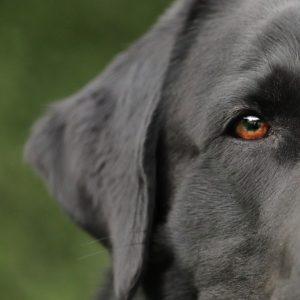
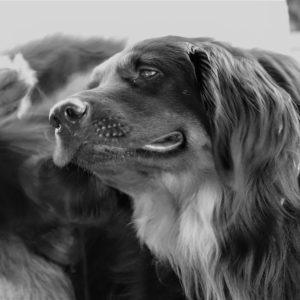

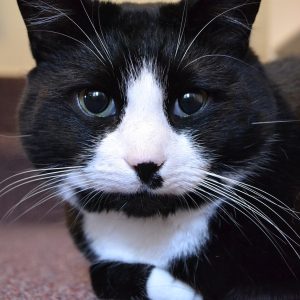
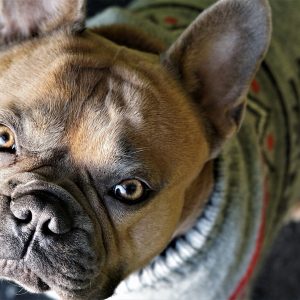
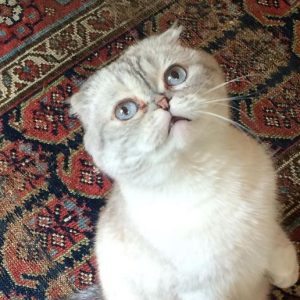

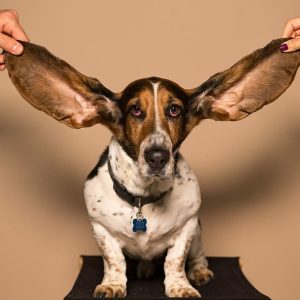
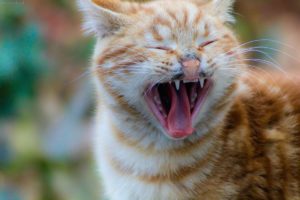

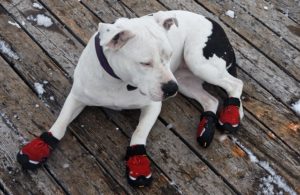
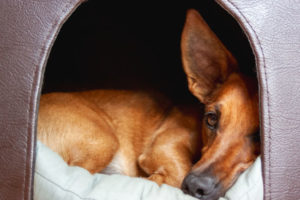
No comment yet, add your voice below!